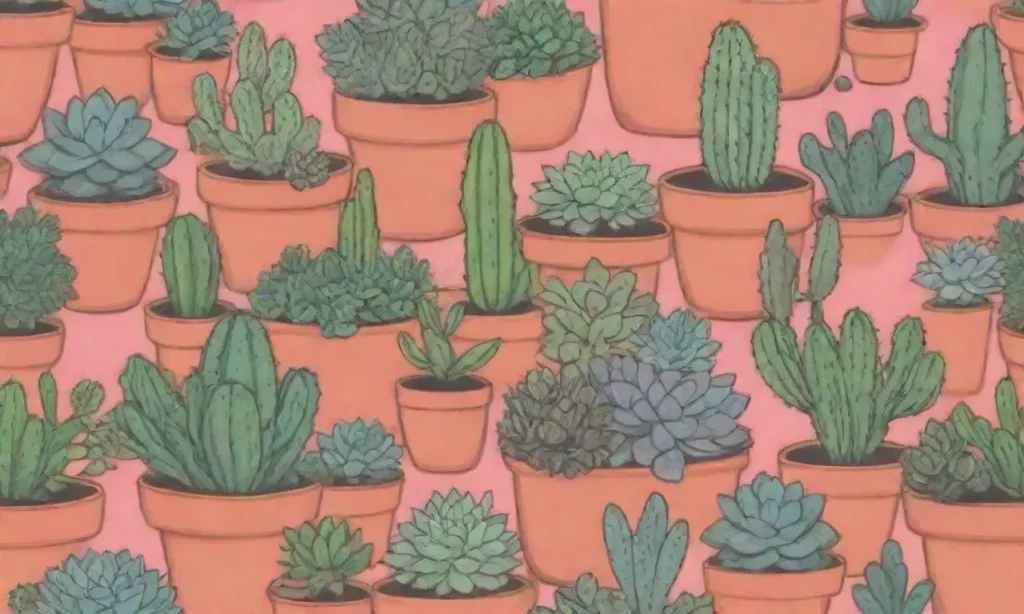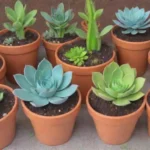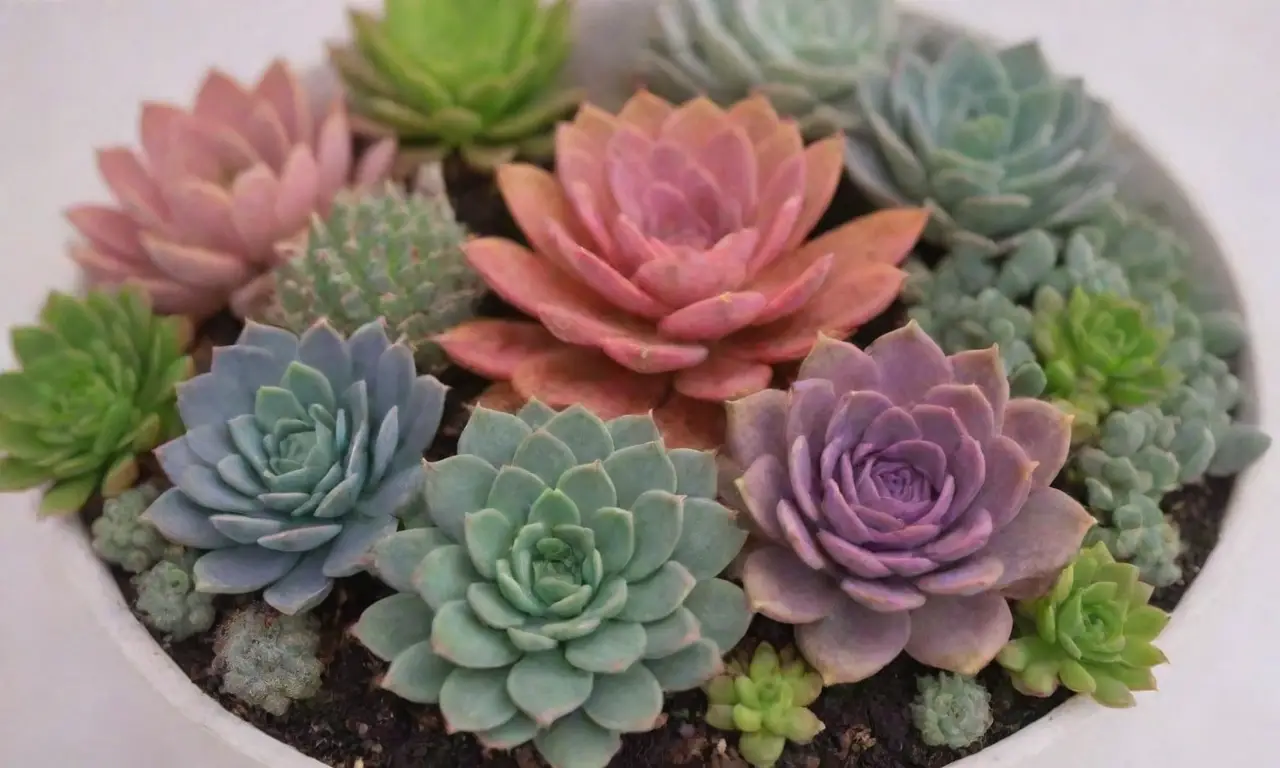Sustainable Practices in Succulent Arrangement Creation

Introduction
In recent years, the movement towards sustainability has gained momentum across various industries, including gardening and landscaping. As more people become aware of environmental issues, gardening practices that are both beautiful and eco-friendly are increasingly desirable. Succulent arrangements, in particular, have found a significant niche in this green movement due to their unique aesthetic appeal and low maintenance requirements. However, it is important to consider how these arrangements can be created sustainably, ensuring that the beauty of nature is preserved while creating living works of art.
This article seeks to explore the intricate world of succulent arrangement creation from a sustainable perspective. We will examine various practices that can be implemented to minimize environmental impact while maximizing the visual appeal and health of the plant arrangements. By focusing on sustainable sourcing, suitable planting practices, and responsible care, we can not only create stunning succulent displays but also contribute positively to the ecosystem around us.
Understanding Succulents and Their Environment
The Ecological Benefits of Succulents
Succulents, with their fleshy leaves and ability to store water, have evolved to thrive in arid environments. By their nature, they are incredibly efficient in their water use, making them an ideal choice for sustainable gardening. When chosen wisely, succulents can support local ecosystems by providing food and habitat for various species, including pollinators like bees and butterflies. Furthermore, they contribute to air purification, as they absorb carbon dioxide and release oxygen, enhancing the overall quality of the air around us.
In addition to air quality benefits, succulent arrangements can also help combat soil erosion. Their roots stabilize the soil and enhance moisture retention, creating a healthier ecosystem that supports other plant life. This regenerative aspect of cultivating succulents is crucial for maintaining not just individual gardens, but the larger environment. Creating succulent arrangements that incorporate native species can amplify these benefits, promoting biodiversity and ecological resilience.
Selecting the Right Succulents
The first step toward sustainable succulent arrangement creation involves selecting the right plants. When sourcing succulents, it is important to prioritize native and hardy species that are well-adapted to the local climate. Researching local nurseries that focus on organic and sustainable methods is essential for ensuring the plants are grown without harmful pesticides or chemicals. Sourcing plants from reputable vendors can protect the ecosystem from the potential dangers of invasive species while supporting local economies.
Additionally, utilizing propagated plants rather than commercially purchased ones is a great way to practice sustainability. Many succulent varieties can be easily propagated from cuttings or leaves, promoting circular gardening practices. This method not only reduces the demand for newly cultivated plants but also allows gardeners to engage in a fulfilling and educational experience of plant care and propagation.
Creating a Sustainable Growing Medium
The foundation of any plant arrangement is its growing medium. For succulents, a well-draining potting mix is crucial. Traditional potting soils can retain too much moisture, leading to root rot and other issues. To create a sustainable growing medium, consider using a combination of organic compost, pumice, and sand. This mixture allows for excellent drainage while enriching the soil with nutrients naturally.
 How to Assemble Succulent Bouquets for Special Events
How to Assemble Succulent Bouquets for Special EventsIn addition to traditional amendments, incorporating repurposed materials is an important aspect of sustainable gardening. For instance, crushed old terracotta pots or recycled glass can provide brilliant drainage while reducing waste. Reimagining how these organic or recyclable materials can be utilized in the growing medium not only enhances the sustainability of the arrangement but also contributes to a unique aesthetic in the final product.
Designing Your Sustainable Succulent Arrangement
Community Sourcing Materials
Choosing the right planter for succulent arrangements can have a significant environmental impact. Many conventional pots are made from plastics that take millions of years to decompose, which is counterproductive to sustainability goals. Instead, sourcing materials locally or repurposing old items can lead to more eco-friendly choices. For example, you might consider using upcycled containers such as tin cans, glass jars, or wooden crates to give your succulent arrangement a fresh, contemporary look while maintaining a low environmental footprint.
Engaging with local communities can also provide opportunities to acquire unique items that express personal style while promoting sustainability. Yard sales, flea markets, and community exchange events often feature unique materials that can be transformed into appealing planters. By creatively utilizing these materials, gardeners can create succulent arrangements that are not only beautiful but also tell a story and showcase a commitment to eco-friendly practices.
Arranging for Aesthetic and Function
When designing a succulent arrangement, thoughtful aesthetics and function should go hand in hand. Layering various succulent varieties based on their care needs, colors, and textures can create visual intrigue and harmony. Vertical arrangements can optimize limited space while adding height to the design. Additionally, incorporating stones or natural driftwood as decorative elements adds dimension while promoting drainage and preventing soil erosion.
Take care to create an arrangement that respects the inherent needs of the plants within it. Certain succulents thrive in full sun while others require partial shade. Knowledge of each plant's ideal condition is vital for sustainability. A well-thought-out design will result in a thriving ecosystem that will require less maintenance, less water consumption, and fewer inputs throughout its lifecycle.
The Importance of Water Conservation
One of the most significant aspects of caring for succulent arrangements is efficient water usage. Overwatering is a common mistake that can lead to disastrous consequences for succulent health. Adopting a schedule that emphasizes water conservation will reinforce the sustainability principles underlying your succulent arrangement. Utilizing rainwater collection systems or drip irrigation can minimize waste and provide succulents with the proper amount of moisture they need without excessive runoff.
Regularly monitoring the moisture levels of the soils in various pots will help you tailor your watering schedule accordingly. Utilize soil moisture sensors for precise guidance regarding watering requirements. Additionally, mulching with pebbles or small stones can help retain soil moisture while reducing evaporation and water loss.
Conclusion

Sustainable practices in creating succulent arrangements not only beautify our spaces, but they also foster respect and care for the environment. By embracing eco-friendly principles, we can create living art that not only showcases the diversity and beauty of our planet but promotes its stewardship. From selecting native species and engaging in community sourcing to designing thoughtful arrangements and conserving precious water resources, we elevate our gardening practices to support a more sustainable future.
As more individuals take root in sustainable gardening, it’s essential to share knowledge and experiences. Documenting local efforts and successes can inspire others to pursue similar sustainable practices, both in gardening and in other areas of life. Whether you're a seasoned succulent enthusiast or just beginning your eco-friendly gardening journey, every small step counts toward nurturing a greener planet. Embrace the beauty of succulents in your own breathtaking arrangements, making sustainable choices that lead to healthier ecosystems both now and for generations to come.
If you want to read more articles similar to Sustainable Practices in Succulent Arrangement Creation, you can visit the Succulent arrangements category.
